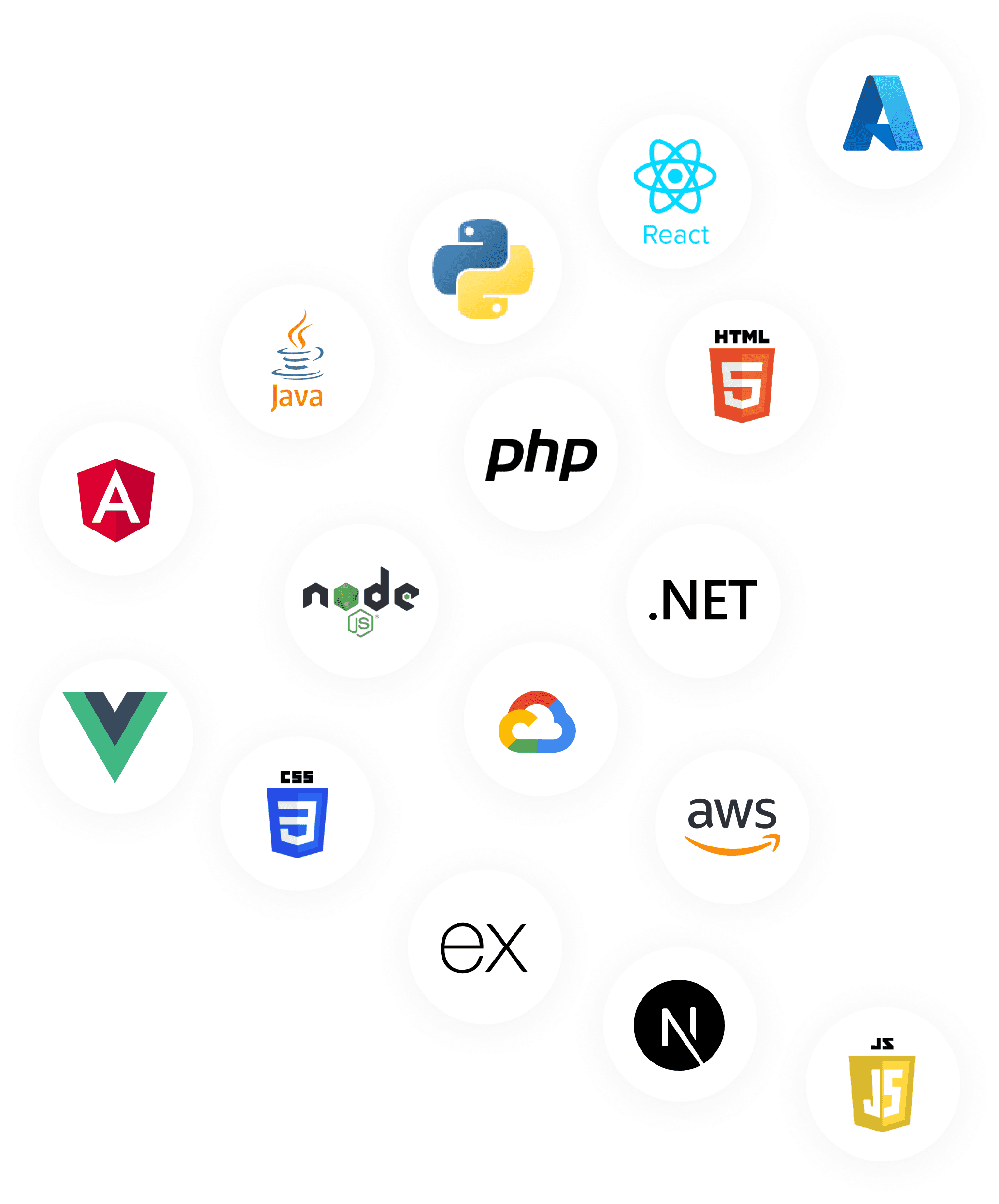-
Quality Assurance
Quality Assurance
Quality Assurance ensure the verification and validation of applications for independent software vendors and enterprises. The functional testing services focus on testing the applications against defined specifications and meeting the end user expectations for functionality. Thrymr engages with clients in the different stages of the lifecycle to align the testing objectives against the overall business goals.
• Step 1: Understand the process, flow of product to be tested
• Step 2: Identify and understand the business rules
• Step 3: Test screens with business rules
• Step 4: Test module (group of screens)
• Step 5: Test cycle (group of modules)
• Step 6: Test according to scenarios

Some specific services that Thrymr offers for functional testing are:
Unit Testing:
• Unit testing should start at the extremely beginning to assure that each block of code/component performs its intended manipulation of inputs into desired outputs for the next module. Tests an individual unit/component of the software to validate that each component of the software performs as designed.
Integration Testing:
• Takes multiple individual units/components of the software and tests them as a group to ensure that the unit modules connect as expected and convey data and commands throughout the system per the specifications built.
Sanity Testing:
• After receiving a software build, we verify the minor changes and fixes applied to the code body do not have unexpected side effects. We separate parts of the system and confirm that the bugs have been fixed. If the sanity test fails, the build will be rejected which saves time and cost.
Regression Testing:
• Verify that the later feature additions and bug fixes do not adversely affect existing features. Regression testing is nothing but the in-depth or partial selection of already executed test cases that are re-executed to ensure existing functionalities work fine.
User Acceptance Testing:
• User acceptance testing is the last pace before software goes live. It tests to make sure it can handle required tasks in Real- World scenarios, according to specifications. End users typically perform these tests during the Beta testing period.
Data Verification Testing::
• Data verification testing is used for verifying the data and databases successfully through any needed transformations without loss. It is used to test whether the entered data is valid or not according to the provided business conditions.


